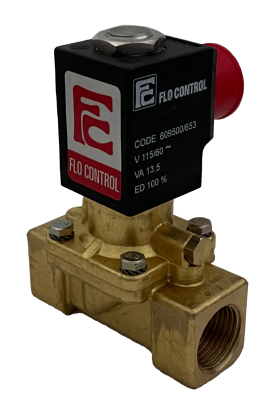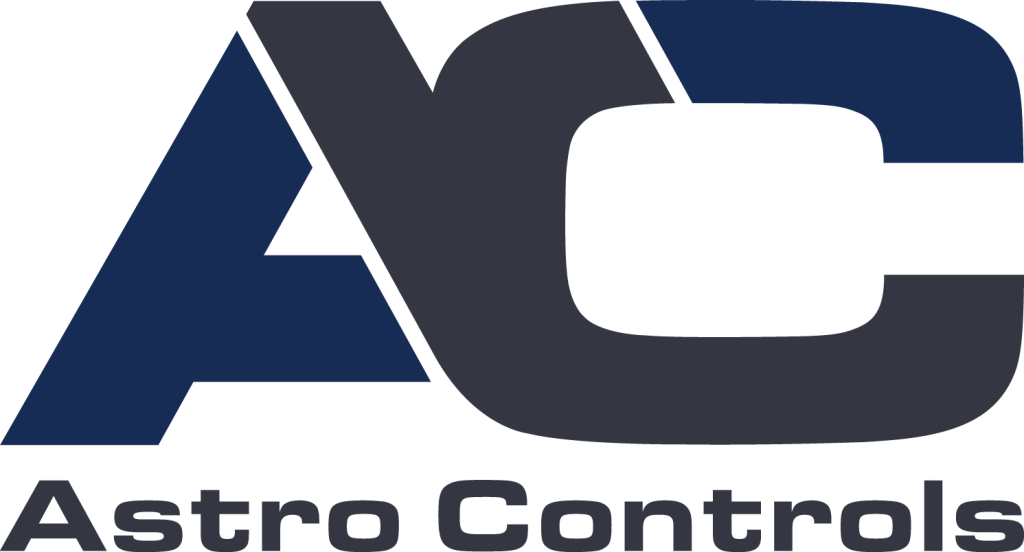Overview
There are various options for controlling the passage of liquids. This can be done manually, for example with ball valves. However in industry automated systems are preferred. For example, directly electric controlled valves or valves with an actuator for opening the ball valve or slide valve.
In terms of construction, a distinction is made between the passage that is required and the medium that must be used. Astro Controls offers a solution for almost every opening and medium.
MAC Fluid Valves
MAC Valves supplies balanced liquid valves, which are balanced just like the pneumatic ones. This makes them independent of pressure variations. In addition, due to the MAC Valves unique design, they switch quickly and consistently.
See below the various types of valves that are currently available with a brief description of their unique properties.
Please download the short brochure. For a specific selection and more in-depth information, please contact one of our representatives.
Real life examples

Flo Control solenoid valves
Flo Control offers a wide range of solenoid valves, both directly controlled and pilot controlled. These valves can be widely used in many industries in which the valve remains open for a long time or requires a high flow rate. The valves operate via the standard design with an anchor that is pulled upwards.
These valves are pressure dependent, which is why different orifice and cv values are possible in one valve.
The valves can be controlled with both DC and AC voltage.
They are also available in brass, aluminum, stainless steel and plastic with different seals.
Technical information
Orifice and cv value
Many factors are important to determine how many liters of fluid per minute a valve can pass. For example, there is pressure of the liquid, viscosity, temperature and specific gravity that determine how much the liquid flows. To provide some clarity and comparison here, standardized values are needed. These are, for example, the orifice and the cv value.
The orifice is the diameter of the valve, measured by the flow rate through a smooth pipe. The orifice is the equivalent in mm of this pipe. If the orifice is smaller than this smooth pipe, you will have a flow limitation.
The cv value, of a water valve for example, is the resistance that a solenoid valve exerts on the liquid or gas flow. The cv value is also often referred to as a kv value in metric units. Fluid mechanics can be used to determine what the flow rate of the liquid valve will be at a certain pressure.
Types of flowing liquids
Laminar flow: Some media, such as beer or soap, require laminar fluid flows. These ensure that no unwanted mix enters the medium, which is detrimental to the final product. For laminar flow, you want as little friction and bends as possible in your valve.
Turbulent flow: When a medium or a mix of different liquids passes through bends, there is the possibility of a turbulent flow, which mixes the liquids with other liquids or gases. For example, with beer this could cause more foam than desired.
Dead volume solenoid valve/liquid valve
Since many applications of a solenoid valve or liquid valve are in the food industry and medical industry, the dead volume of a valve is very important. A dead volume means that there is a place in the valve where a fluid could accumulate without having to pass through the valve. Bacteria, for example, could settle in this dead volume and it would become difficult to clean it. It is therefore wise to take this into account when choosing the type of valve.
Solenoid valve applications
Filling – Filling valves are often used for filling liquids. This can be a pneumatic cylinder assembly, but is also possible directly with precisely switching liquid valves. For example, water can be filled into a bottle through a water valve. By selecting the right water valve this can be done very precisely.
Dosing – When dosing, precise switching for opening and closing valves is extremely important, as dosing often involves small volumes. Astro Controls has Mac Valves extremely precise switching fluid valves.
Spraying – Spraying valves ensure the precise distribution of liquid to moisten something with a medium. Spraying is always combined with the correct nozzle (jet tube) to achieve good distribution. If the supply from the valve is precise and constant, you will get the best results.
Continuous flow – With a continuous flow, the passage of the valve is especially important, so that it is exactly what is ultimately required. The passage can be adjusted if necessary. This way, for example, we can also use proportionally adjustable liquid valves. A water valve can have a fixed orifice or be a proportional water valve, for controlling water flow in cooling systems.
Advice regarding the purchase of magnet valves
It is important to buy magnet valves that exactly match your applications and fluid flows. Astro Controls can advise you on this matter.
Do you have any questions about valves? Then please contact us to talk to one of our specialists.
